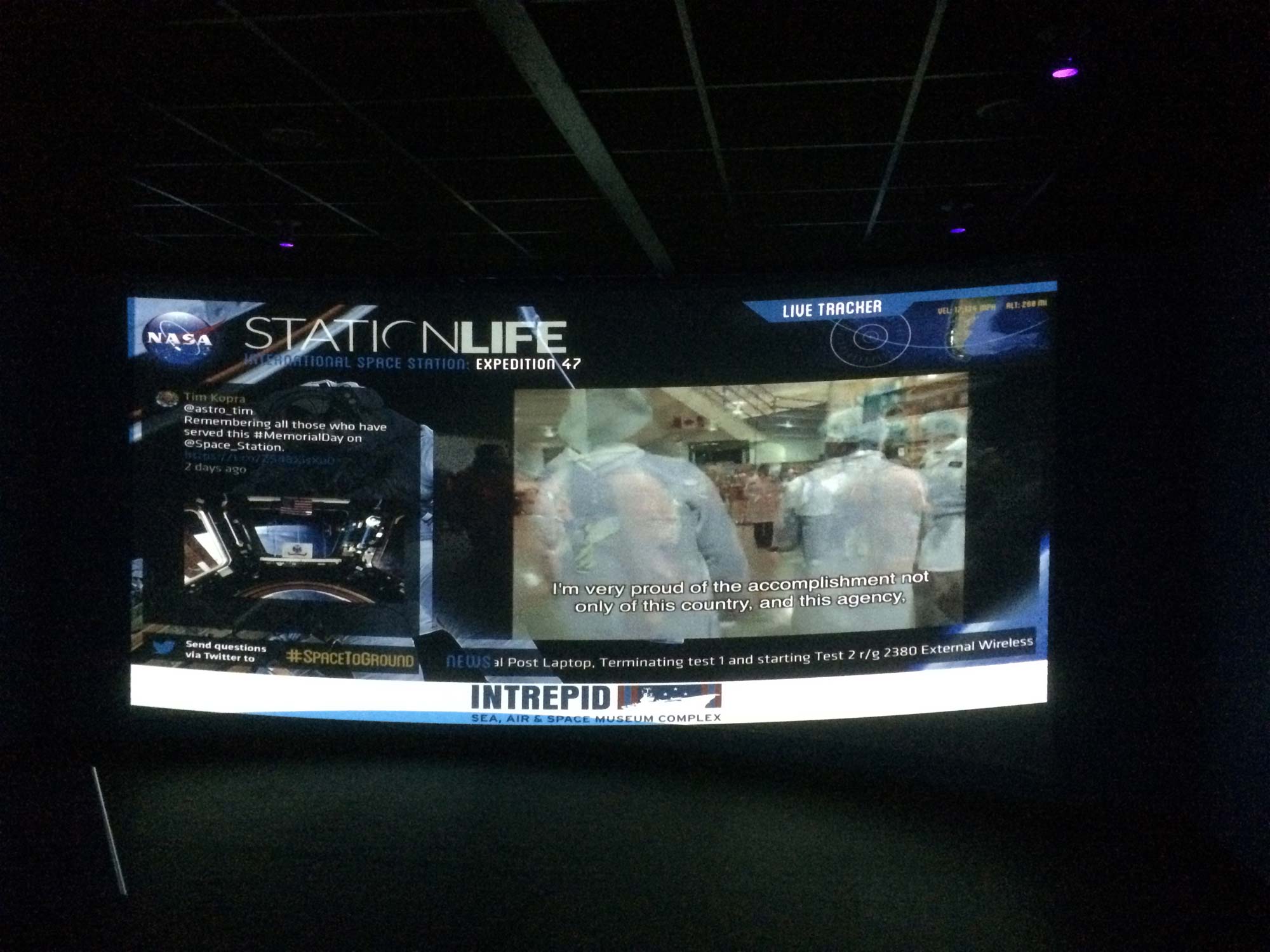
Jesse Emspak
Jesse Emspak is a freelance journalist who has contributed to several publications, including Space.com, Scientific American, New Scientist, Smithsonian.com and Undark. He focuses on physics and cool technologies but has been known to write about the odder stories of human health and science as it relates to culture. Jesse has a Master of Arts from the University of California, Berkeley School of Journalism, and a Bachelor of Arts from the University of Rochester. Jesse spent years covering finance and cut his teeth at local newspapers, working local politics and police beats. Jesse likes to stay active and holds a fourth degree black belt in Karate, which just means he now knows how much he has to learn and the importance of good teaching.
Latest articles by Jesse Emspak

Mystery Solved: Black Holes Twist Space-Time Like Taffy
By Jesse Emspak published
Black holes twist space like taffy and create vortices of gravitational force, a new study suggests. The discovery solves a 30-year-old mystery about black holes.

1.2 Million Galaxies Dot Largest Ever 3D Map
By Jesse Emspak published
If you're a space traveler lost in the universe, a team of astronomers here on Earth has your back: They've made the largest ever 3D map of galaxies that humanity can see.

Methanol, a Building Block of Life, Found Around Newborn Star for 1st Time
By Jesse Emspak published

New Virtual Tour Lets You Explore the International Space Station
By Jesse Emspak published
Very few people get to fly to low Earth orbit, but a new virtual tour of the International Space Station provides a trip to space for those of us on the ground.

Mercury Crosses the Sun in Stunning Ultra-High Resolution
By Jesse Emspak published
The fiery glory of the sun's surface is on display in a new, ultra-high-resolution video of Mercury's May 10 transit of the star.

How 3D Printing Will 'Rock the World' — and Space
By Jesse Emspak published
John Hornick, author of "3D Printing Will Rock the World," said 3D printing will fundamentally alter the way people manufacture things, and that includes working in space.

Life on the Space Station Beamed Into NYC Museum
By Jesse Emspak published

Yearlong-Mission Astronaut Scott Kelly Honored at NYC's Fleet Week
By Jesse Emspak published

Space Culinary Challenge! Students' Tasty Meal Will Feed Astronauts
By Jesse Emspak published

Jupiter Moon Europa's Ocean May Have Enough Energy to Support Life
By Jesse Emspak published
Jupiter's moon Europa might be able to support life even if there's little or no volcanic activity under the satellite's icy shell, a new study suggests.

1st Kid-Built Mini Satellite Launches from Space Station (Video)
By Jesse Emspak published
On May 16, the International Space Station launched the first miniature satellite, called a cubesat, designed and built by grade-schoolers.

Yes, It Is Rocket Science: Middle School Team Wins Rocket Competition
By Jesse Emspak published

Atmosphere of Early Earth May Have Been Half As Thick As Today
By Jesse Emspak published
Bubbles in ancient Australian lava reveal that the early Earth's atmosphere might have been half as thick as it is today, scientists say.

No Breakthrough Yet: Stephen Hawking's Interstellar 'Starshot' Faces Challenges
By Jesse Emspak published
Here are the biggest challenges Stephen Hawking and others on the Breakthrough Starshot team will have to overcome to make interstellar spaceflight a reality.

Space Race Losers? US Leadership in Danger, Report Warns
By Jesse Emspak published

'Space Men': Documentary Shows How Balloon Tests Paved Way to Space
By Jesse Emspak published
The new documentary "Space Men," which premieres Tuesday (March 1) on PBS, tells the story of the high-altitude balloon flights that helped pave NASA astronauts' way to space.

Beware Falling Rocks: Asteroid Day Will Highlight Impact Risks
By Jesse Emspak published
An international band of asteroid experts gathered Tuesday to discuss the future of asteroid research and avoidance in preparation for the second annual Asteroid Day.

Daredevil Paraglider Sails with the Northern Lights in Awesome Video
By Jesse Emspak published
Paraglider Horacio Llorens has always wanted to fly with the gorgeous northern lights. In January 2016, he finally got his wish and Red Bull was there to capture the photos and video.

Moon Mystery Solved! Apollo Rocket Impact Site Finally Found
By Jesse Emspak published
NASA's Lunar Reconnaissance Orbiter has found the moon crater created by the impact of the Apollo 16 mission's S-IVB rocket stage back in April 1972, NASA officials announced last month.

Why We Still Love 'Star Wars' After All These Years
By Jesse Emspak published
The "Star Wars" universe was introduced to the world in 1977, and it remains as popular as ever. What is it about this fictional universe that has enraptured so many people for so many years?
Get the Space.com Newsletter
Breaking space news, the latest updates on rocket launches, skywatching events and more!





